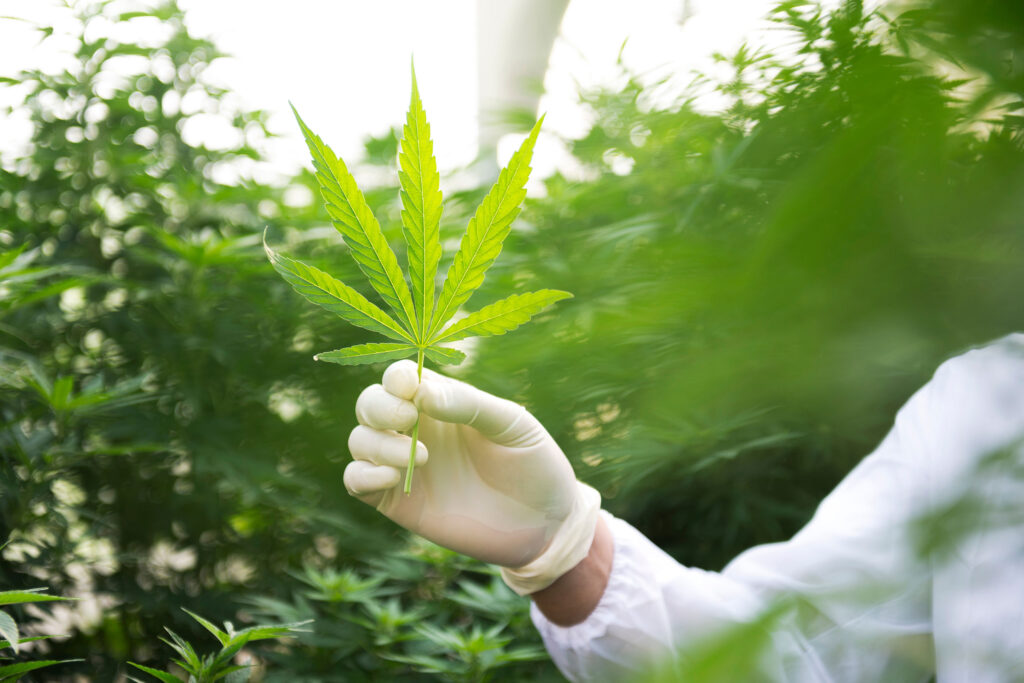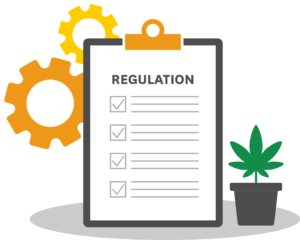Legalization of recreational cannabis in California should have made growers very happy. Instead, the growers–especially on small farms–are complaining that taxes, fees and regulations are putting them out of business while growers who stay in the illegal shadows are prospering.
In reality, state taxes and regulations have very little to do with the economic squeeze legal growers are experiencing, although they do play an important role in ensuring product safety and public health.
As an economist who has studied the cannabis industry for years, and understands the difference between the cost of production in legal and illicit markets, I see an end run developing by legal growers to gut state oversight. This is a bad idea for public health and will not ultimately save the small farmers.
Cannabis prices are falling both in legal and illicit markets. This is to be expected (and was even predicted) with legalization. Prior to legalization, about 80% of the cost of producing weed came from trying to avoid law enforcement, according to a RAND report I contributed to back in 2010. With that huge cost gone, the market transformed not just for small growers but for larger farmers too, and prices dropped substantially. In addition, growers began innovating with more efficient forms of production. The legal industry’s initial profits attracted new growers at the same time existing growers expanded their production. Supply increased, and prices sunk further.
The price decline is not expected to stop, particularly as big farmers start moving into the newly legalized hemp industry and the federal government continues discussions around legalizing cannabis. Legalization at the federal level would make it more likely that big tobacco and/or other farmers move into this new line of business, driving profits (and prices) down further. That doesn’t mean there isn’t a market for the small grower. It just means that those boutique grows aren’t competing on price. Like small wineries and craft breweries, profits flow from offering a unique “premium” product.
Growers who are staying in the illicit market may have lower costs because they avoid taxes, but they still face the expense of staying hidden from the authorities – unless, of course, we gut the financial resources needed to pay authorities to go after the illegal suppliers (i.e. further reduce and/or eliminate taxes). The way to make it easier to compete with the illicit market is through aggressive law enforcement, and by guaranteeing consumers of legal weed that they are buying safe, tested and quality-controlled goods.
A recent Los Angeles Times front page article (Jan 1) devoted extensive coverage to the woes of legal small growers. But changing the taxes/regulation costs, which the industry is calling for, won’t stop legal growers from producing too much and pushing prices down further. It certainly won’t stop the crash in prices expected if the federal government legalizes cannabis. At the same time, reducing taxes/regulation can do significant damage to public health.
Sign up for Schaeffer Center news
Cannabis is not just another agricultural product. No other agricultural product, (including grapes on the vine) generate ER visits, accidents, or psychosis, nor do they require the same amount of water per square acre as some cannabis grows.
The state promised voters it would use taxes and fees on growers to generate a safe marketplace. The public should know that along with health benefits in some cases, cannabis can have a potent negative impact on public health. Consider this: a standard 1 mL vaping pen containing 80% delta-9-tetrahydrocannabinol (THC), the primary psychoactive compound in cannabis, can deliver the same number of standard (10 mg) doses of intoxicant as a full keg of beer, which yields 165 12-oz servings of beer. The state needs to start regulating potency so that occasional users do not experience acute psychosis or poisoning and regular consumers do not experience cannabis hyperemesis.
There are many other ways to potentially solve the problem of crashing prices hurting the small grower without the state losing the revenue it needs to enforce laws and guarantee safety. Here are just two:
(1) Spend more of the tax dollars/regulation on enforcement against the illicit producers/entities – targeting them aggressively for at least 5 years so that the message is clearly sent that illegal production will not be tolerated. This will have the added benefit to Californians of reducing excess water usage by illegal growers.
(2) Limit the number of growing licenses to get a handle on supply issues (at least while federal prohibition remains). Limiting licenses will reduce supply and generate higher prices for the small growers. That in turn will spur higher tax revenue, given that California taxes are based on product price rather than potency.
Removing regulations and taxes on cannabis sales would take away resources that are needed to address legitimate public health concerns and won’t solve the problem of the gluttonous supply in this market. When voters in California said they would like to regulate cannabis like alcohol, that meant imposing taxes and public health regulations to promote responsible and moderate use of the intoxicant.
Rosalie Liccardo Pacula is a senior fellow at the USC Schaeffer Center for Health Policy & Economics; professor of health policy, economics and law at the USC Price School of Public Policy; and president of the International Society for the Study of Drug Policy.



